- Home
- About Us
- Products
-
Heat-Pump Dehumidifier DeAir
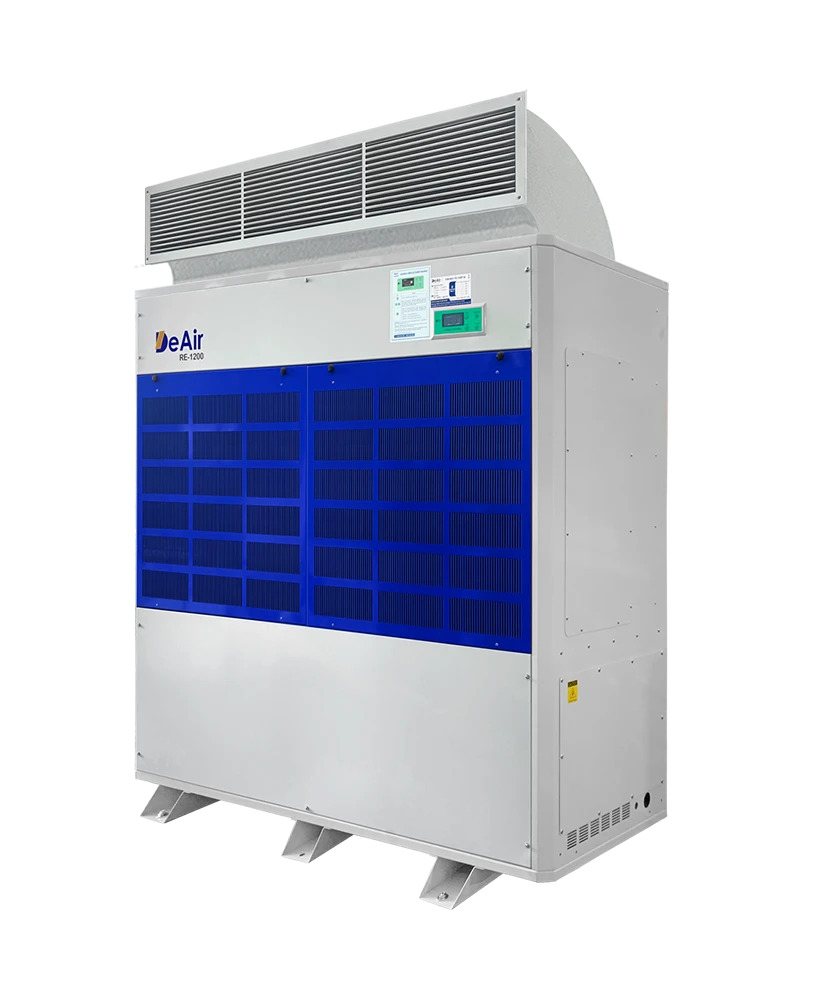 DeAir.RE
DeAir.RE -
Heat-Pump Dryer DeAir.RE-H
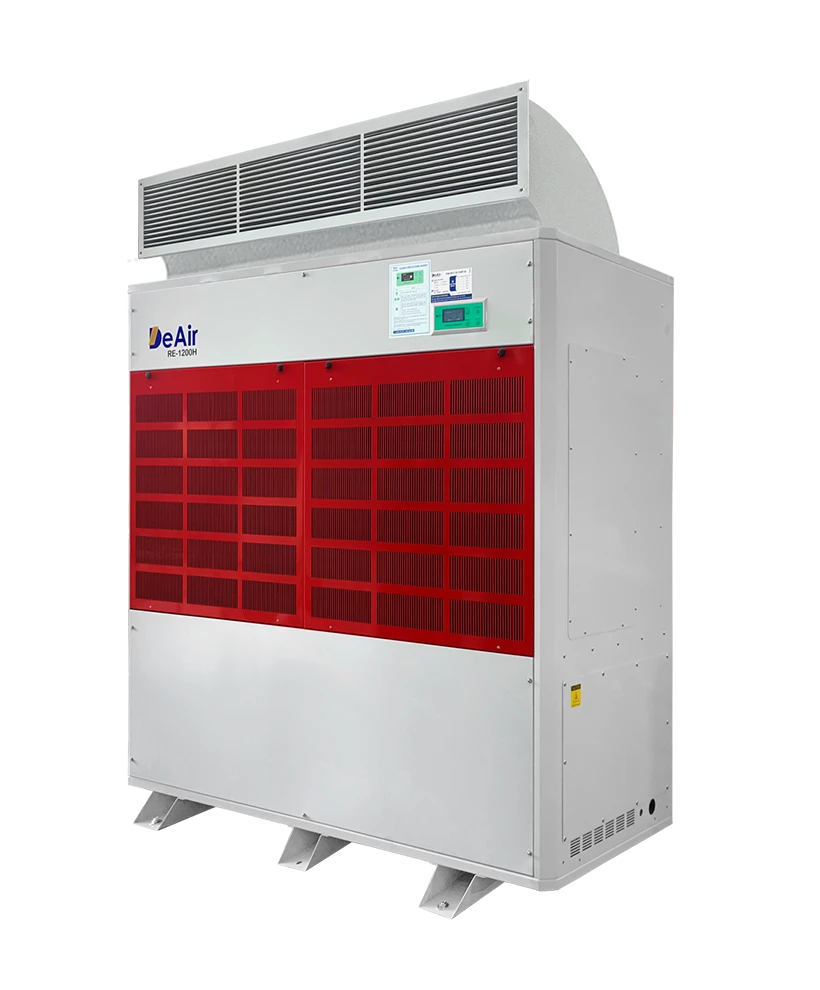 DeAir.RE-H
DeAir.RE-H -
Heat-Pump Stainless Steel Dehumidifier
 DeAir.RE-INOX
DeAir.RE-INOX -
Heat-Pump Isothermal Dehumidifier DeAir.CRE
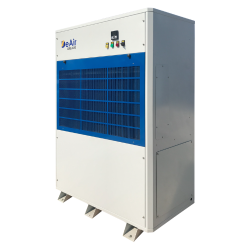 DeAir.CRE
DeAir.CRE -
Dezenno Dehumidifier
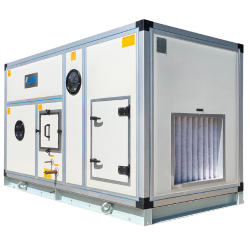 Dezenno
Dezenno -
Heat-Pump Ceiling Mounted Dehumidifier DeAir
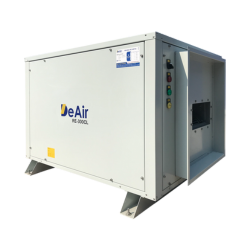 DeAir.RE-CL
DeAir.RE-CL -
Dehumidifier Olmas
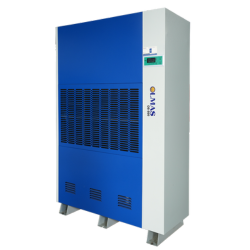 Olmas-OS
Olmas-OS -
Industrial Humidifier DeAir
 DeAir.HM
DeAir.HM -
Heat-Pump Dryer Daxwell
 Daxwell
Daxwell -
Electric Duct Heater DeAir
 DeAir.Heat
DeAir.Heat -
Air Handling Unit Dezenno.MAX
 AHU
AHU
-
- Services
- Projects
- Warranty – Maintenance
- News
- Contact
Dehumidifier for Basement: Comprehensive Solution for Effective Mold Prevention
03/06/2025
Welcome to this in-depth article on humidity control solutions for basements – a space frequently facing significant humidity challenges in Vietnam. This article will provide you with a comprehensive overview of the causes, negative impacts, and especially effective solutions with a dehumidifier for your basement, along with outstanding products and services from DeAir.
Comprehensive Solution with a Dehumidifier for Your Basement – Protecting Your Living Space and Assets
---
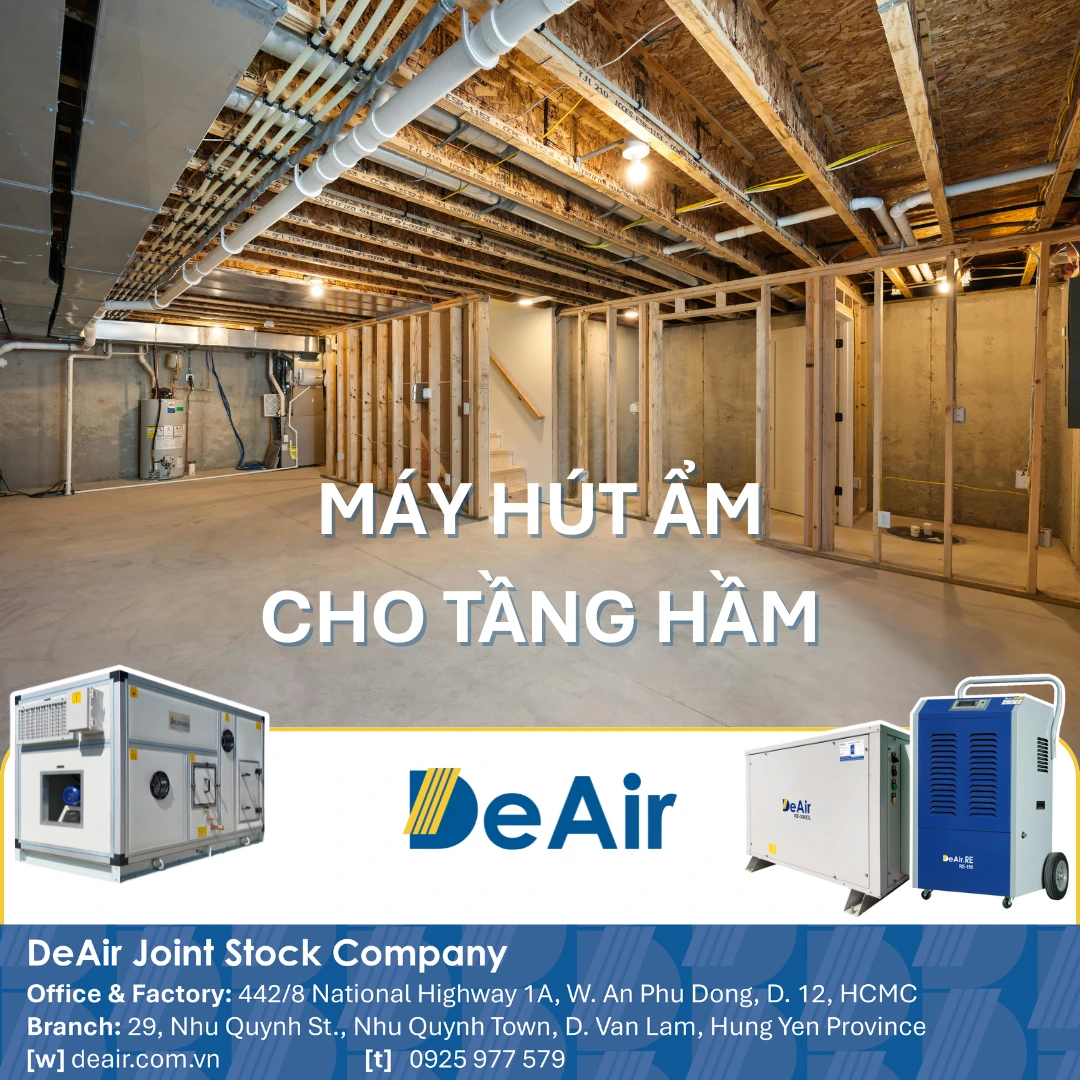
I. Introduction: The Importance of Humidity Control in Basements
In the context of Vietnam's tropical monsoon climate, basements are often damp and stuffy due to poor air circulation and their proximity to the ground. If humidity is not controlled, this space can cause significant negative impacts on the quality of life, family health, and the durability of assets.

Controlling humidity in the basement is crucial to:
- Prevent mold and bacteria growth, which cause unpleasant odors and directly affect respiratory health, leading to allergies or dermatitis.
- Protect furniture, electronic devices, books, clothes, and building materials from damage due to mold, rust, and wood rot.
- Create a clean, dry, safe, and more comfortable space for various uses such as storage rooms, entertainment areas, or garages.
To thoroughly address this issue, a specialized dehumidifier is the most effective and optimal solution.
---
II. Causes and Impacts of High Humidity in Basements
A. Reasons basements are often damp
Humidity in basements is usually higher than other areas of a home for several key reasons:
- Ground moisture: Basements are deep underground, where rainwater and groundwater continuously seep into the soil. If proper waterproofing materials or construction techniques are not used, groundwater can easily penetrate. Capillary action can also move moisture through porous materials like concrete slabs and walls, creating a damp band at the base of the walls.
- Condensation: The temperature of underground spaces is lower than the outside air, making it easy for water vapor to condense when warm, humid air from outside enters.
- Poor ventilation: Basements often lack windows or have limited air circulation, leading to stagnant and humid air.
- Leaks and seepage: Issues with plumbing, cracked or leaky foundations, or faulty drainage systems can also lead water into the basement.
- Moisture from daily activities: Activities like laundry, drying clothes, bathing, or cooking (if the basement has these facilities) also generate indoor moisture.
B. Specific impacts of high humidity
If indoor humidity exceeds the ideal level (40%-60% RH), especially above 60%, it can cause numerous problems:
- Health: Creates conditions for mold, bacteria, and dust mites to proliferate, affecting human health and causing respiratory diseases, allergies, or dermatitis. You can learn more about the health effects of mold from reputable health organizations like the WHO.
- Property: Damages furniture, electronic devices, books, clothes, causes wood to rot, and metal to rust.
- Building structure: Mold growth on walls and ceilings, causing paint to peel, cracks, and overall deterioration of the building structure.
- Unpleasant odors: Produces musty and foul smells.
- Other issues: Reduces product quality in manufacturing (mold, deformation), disrupts processes (electronic failures), increases error handling costs, and prolongs drying times.

---
III. Effective Basement Dehumidification Solutions
A. Why do you need a specialized dehumidifier for your basement?
A common household dehumidifier may not be sufficient for a basement's needs. A specialized dehumidifier for basements requires:
- High dehumidification capacity: To handle the large amount of moisture typical of basements.
- Efficiency in low-temperature and high-humidity environments: Basements typically have lower temperatures and high relative humidity.
- High durability: Able to withstand harsh operating conditions.
- Special features: Continuous drainage function to avoid frequent emptying, and auto-restart capability after power outages.
B. Comparison of suitable dehumidifier types for basements
DeAir offers a diverse range of dehumidifiers to meet the specific needs of each space:

Condensing Dehumidifiers
- Operating Principle: A fan draws humid air into the machine. At the cooling coil, the air temperature is lowered below its dew point, causing water vapor to condense into liquid water and drain away. The dry air is then reheated at the hot coil and discharged.
- Advantages: Common, effective in high humidity and moderate temperatures (above approximately 15°C).
- Disadvantages: Performance significantly decreases when temperature or humidity drops low. May require defrost cycles at low temperatures. Actual dehumidification capacity and speed are relatively small and slow compared to the large demands of a basement. If indoor and outdoor temperatures are not high, using an air conditioner for dehumidification can make the room colder, affecting comfort.

Rotor (Adsorption) Dehumidifiers
- Operating Principle: Uses a super-adsorbent rotor to remove moisture. The dehumidification and regeneration processes occur simultaneously, ensuring continuous operation.
- Advantages: Ideal for low-temperature environments and where very low humidity (low dew point) is required. Capable of continuous operation without defrosting pauses. More durable in industrial environments with dust and mild chemicals.
- Disadvantages: Initial investment cost is typically higher than condensing dehumidifiers.
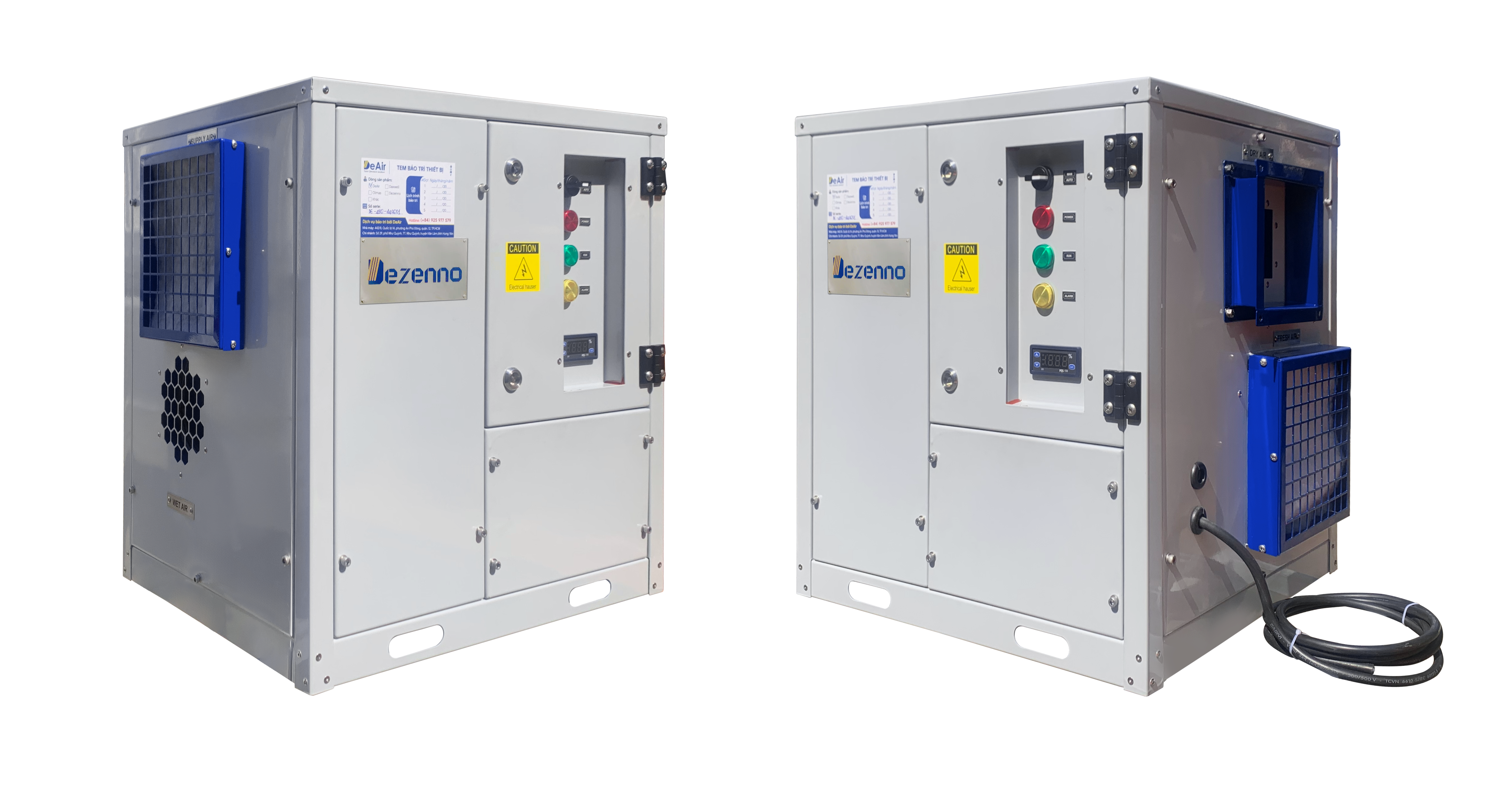
Heat Pump Dehumidifiers
- Operating Principle: Combines the principle of moisture condensation with a heat pump cycle. It utilizes the heat released during condensation to warm the dry air before discharging it, helping to minimize temperature changes in the room.
- Advantages: Superior energy efficiency due to heat recovery, significantly lower power consumption. Maintains more stable performance in low-temperature environments. Returns dry but warmer air, helping to maintain temperature stability in the space.
- Applications: Flexible in various industrial environments, storage facilities, cleanrooms, and production processes requiring precise humidity control and stable temperatures.
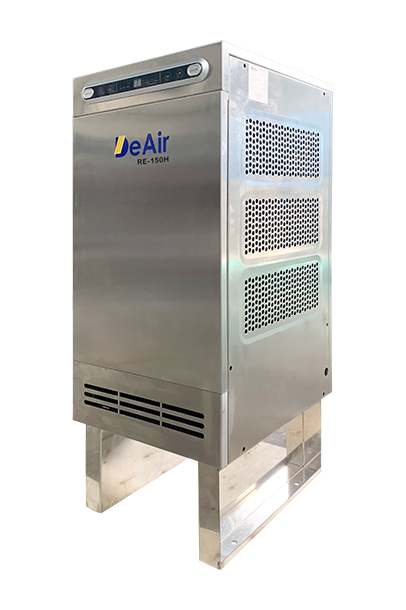
C. Supplementary measures and important notes
- Ventilation: A ventilation system (exhaust fans, fresh air systems) is also very important to maintain fresh airflow in the basement, especially if the basement has limited natural light.
- Waterproofing: It's important to understand that "waterproofing does not mean moisture proofing." Waterproofing prevents liquid water, while moisture proofing prevents humid air. Basement moisture problems often need to be addressed at their root, including repairing waterproofing defects, proper soil grading, gutters, and drainage systems around the foundation.
- Dehumidifiers are not a standalone solution: A dehumidifier can help reduce moisture symptoms and odors, but it is not a long-term or complete solution if the root causes of humidity are not addressed.
---
IV. DeAir's Dehumidifier Solutions for Your Basement
DeAir is a reputable company in Vietnam, specializing in manufacturing HVAC equipment, especially industrial dehumidifiers and AHUs. DeAir is committed to providing comprehensive humidity control solutions, from consultation and design to installation and maintenance of humidity control systems.

A. DeAir dehumidifier models suitable for basements:
DeAir Heat Pump Dehumidifiers
DeAir offers a diverse range of industrial Heat Pump dehumidifiers such as:
- DeAir.RE: Suitable for various spaces from residential to industrial, prioritizing dehumidification efficiency and energy saving. You can refer to specific models like: DeAir.RE-60, DeAir.RE-150, DeAir.RE-300, DeAir.RE-600, DeAir.RE-1200.
- DeAir.RE-H: This series offers higher temperature operation, suitable for applications requiring dehumidification in relatively high-temperature conditions or combined drying. Typical models include: DeAir.RE-300H, DeAir.RE-600H, DeAir.RE-1200H.
- DeAir.RE-INOX: Similar in features to the DeAir.RE-H series but with a stainless steel casing, enhancing durability and suitability for environments requiring high hygiene or with corrosive properties. For example: DeAir.RE-150H INOX, DeAir.RE-300H INOX, DeAir.RE-600H INOX.
- DeAir.CRE (Isothermal Dehumidifier): A special product line from DeAir, known for its ability to precisely control both humidity and temperature simultaneously. This is the biggest difference compared to other conventional dehumidifier lines. See more: DeAir.CRE-300CL, DeAir.CRE-600.
- DeAir.RE-CL (Ceiling Mounted Dehumidifier): Designed to be concealed in the ceiling, it does not affect interior decoration, suitable for spaces with aesthetic requirements. Models include: DeAir.RE-60CL, DeAir.RE-100CL, DeAir.RE-150CL, DeAir.RE-300CL, DeAir.RE-600CL.
DeAir's Heat Pump dehumidifiers are equipped with advanced technology, a wide operating temperature range, intelligent control systems, high-quality materials (such as powder-coated steel or stainless steel), and optimized aerodynamic design. They use R410A refrigerant, which is safe and environmentally friendly.
Dezenno Rotor Dehumidifiers
The Dezenno industrial rotor dehumidifier series from DeAir is the result of a deep understanding of humidity control needs in industrial environments.
- Made in Vietnam: Dezenno is designed and manufactured in Vietnam according to European standards, allowing flexible customization to specific customer requirements and local climate conditions. Typical models include: Dezenno 320CMH-1200CMH, Dezenno 1500CMH - 18000CMH.
- Superior Capability: Dezenno operates effectively even at low temperatures and can achieve extremely low humidity levels (low dew point), which condensing dehumidifiers struggle with.
- Continuous and Durable Operation: Designed for continuous, 24/7 operation in harsh industrial environments.
- Applications: Particularly effective in the fertilizer production industry in Southern Vietnam – where the climate is hot and humid year-round, helping prevent caking, aid drying, and preserve product quality. Additionally, it is suitable for the pharmaceutical, electronics, food, and warehousing industries.
Olmas Dehumidifiers (distributed by DeAir)
DeAir is proud to be a trusted distributor of the Olmas dehumidifier line, a brand that combines competitive pricing with reliable quality.
- Diverse Models: Suitable for needs from household to industrial, including industrial models such as OS-150, OS-210, OS-500, and household models like OS-12, OS-16, OS-25, OS-55.
- Outstanding Features (for household models): Ion negative technology helps purify air and disinfect, quick clothes drying, luxurious design, quiet operation, suitable for quiet spaces.
B. In-depth consultation and solution design
DeAir's team of experts is ready to consult and design optimal dehumidification systems for all scales, ensuring stable operation, energy, and cost savings. To choose the right DeAir dehumidifier, please provide detailed information about:
- Area or volume of the space requiring humidity control (e.g., residential, warehouse, factory, cleanroom).
- Type of goods to be stored or specific production process (e.g., agricultural products, electronic equipment, pharmaceuticals).
- Required humidity and temperature for the project.
- Other special requirements (e.g., heat resistance, casing material, installation location).
DeAir will directly calculate the capacity and compare the efficiency of the heat pump solution with other technologies for each specific project, ensuring you have the most optimal choice.
---
V. Guide to choosing and using a basement dehumidifier effectively
A. Buying Guide
- Determine the area and humidity level: This is the most important factor for choosing the appropriate dehumidifier capacity. (For precise capacity consultation, please contact DeAir directly for survey and actual assessment).
- Important features:
- Continuous drainage function: Very important to avoid frequent water emptying.
- Auto-restart function after power outage.
- Ability to operate in low temperatures.
- Low noise level (if the basement is a living space).
- Air filtration feature (optional).
- Warranty and after-sales service policy: Ensures your rights. DeAir provides a 24-month warranty for products from the date of delivery, with free repair and replacement of manufacturer-defective components during the warranty period. You need to provide a purchase receipt or valid documentation to claim warranty. DeAir commits to quick and transparent resolution regarding out-of-warranty costs. They also offer annual periodic maintenance programs and consultation/maintenance services for other brands' equipment. DeAir's experienced engineering team is ready to provide 24/7 technical support.

B. Tips for use and maintenance
- Placement: Place in a central, well-ventilated area, away from walls to ensure optimal airflow.
- Regular cleaning: Clean the air filter and water tank regularly to maintain operating efficiency.
- Check and address leaks: If there are water leaks, thoroughly inspect and address the root cause (e.g., foundation leaks, faulty gutters).
- Combine with other measures: You can combine natural ventilation (if available) or use natural desiccants to enhance efficiency.
---
VI. Conclusion
Controlling basement humidity is not just a minor issue but a crucial factor in protecting your health, property, and the long-term value of your home. Investing in a quality, suitable dehumidifier for your basement is a smart decision that helps transform a damp space into a dry, comfortable, and safe one.
With comprehensive solutions and high-quality products like Heat Pump dehumidifiers, Dezenno Rotor dehumidifiers, and Olmas dehumidifiers, DeAir is committed to providing the most optimal humidity control solution for your basement. Don't let humidity be the "silent enemy" threatening your living space.
Contact DeAir now for optimal basement solutions!
Hotline: 0925 977 579
Email: deair@deair.com.vn
Office & Factory: 442/8 National Highway 1A, An Phu Dong Ward, District 12, Ho Chi Minh City
Sign up for news from DeAir
Related news






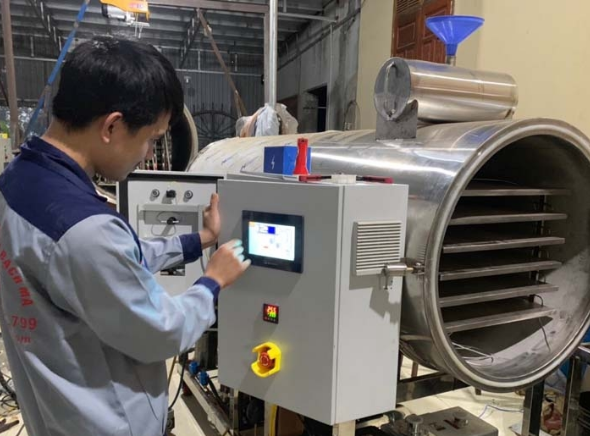



![[Case Study] DeAir Installs DeAir.De Rotor Humidity Control System for Pharmaceutical Plant in Binh Duong [Case Study] DeAir Installs DeAir.De Rotor Humidity Control System for Pharmaceutical Plant in Binh Duong](https://deair.com.vn/thumbs/news/2023_04/ban_giao_may_cho_duoc_bd/[270x153-cr]image1-1024x772.jpg__cv.webp)

![[Review & Guide] Olmas OS-300: The New Humidity Control "Warrior" for Medium to Large Warehouses [Review & Guide] Olmas OS-300: The New Humidity Control "Warrior" for Medium to Large Warehouses](https://deair.com.vn/thumbs/news/huong_dan_su_dung_may_olmas_21/[270x153-cr]vtm06440.png)